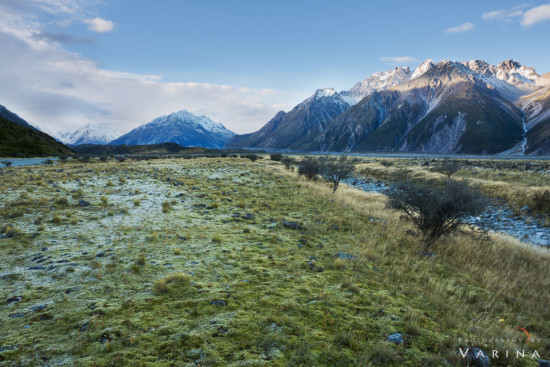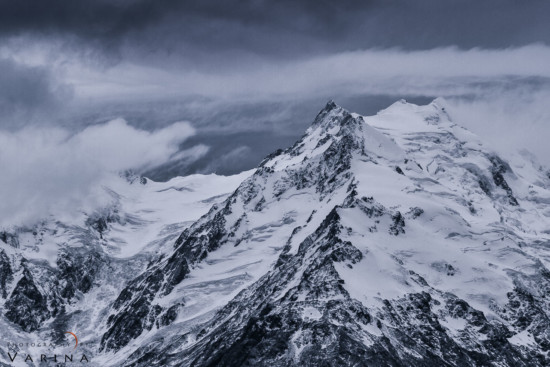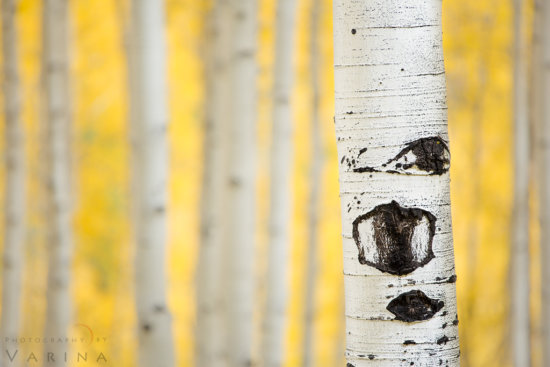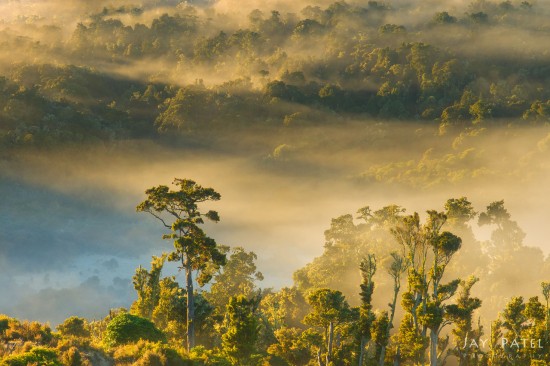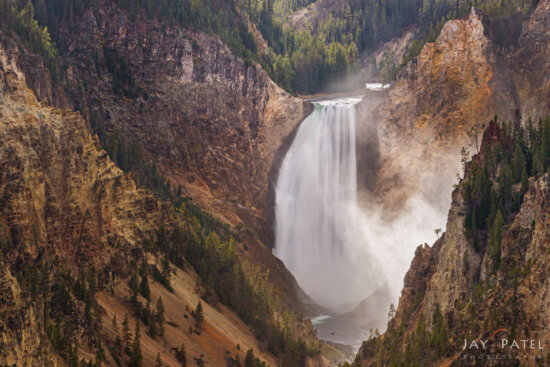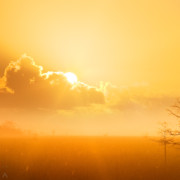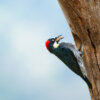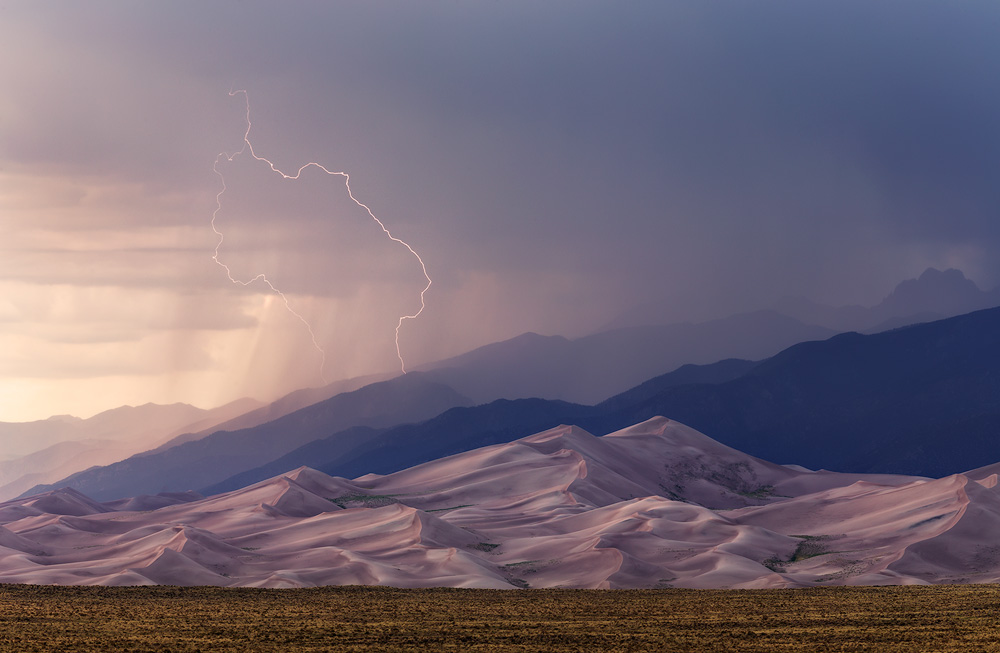What Can a Telephoto Lens Do for Landscape Photographers?
When you think of landscape photography, the first lens that probably comes to mind is a wide-angle. After all, it’s perfect for capturing grand vistas and dramatic skies. But as any experienced nature photographer knows, there’s far more to the landscape than sweeping horizons. Sometimes, the most powerful photographs don’t show everything—they reveal something personal. A fleeting moment of light on a distant ridge, a single tree illuminated in morning mist, or repeating patterns that you didn’t notice at first glance.
That’s where telephoto lenses come in. A telephoto lens helps you see the landscape differently. It lets you isolate details, highlight light and form, and create more personal, expressive, and original landscape photos.
Let’s explore how using a telephoto lens can help you grow as a landscape photographer—by helping you move beyond the cliché and into creative storytelling.
Landscape Photos Become More Personal
Wide-angle lenses emphasize space and scale, but they often make your viewer feel like a spectator standing at the edge of the scene. With a telephoto lens, you can change that dynamic.
By zooming in and narrowing your field of view, you decide exactly what story to tell. Maybe it’s the interplay of clouds and mountains or the rhythm of waves meeting the shoreline. Each time you lift a telephoto lens to your eye, you’re making a deliberate artistic choice about what matters most in the scene.
This approach leads to images that are more personal and reflective of how you connect with the landscape. You’re no longer just documenting what’s in front of you—you’re interpreting it.
Pro Tip: Try setting your camera on a tripod and slowly scanning the scene through your telephoto lens. Watch how light, shapes, and lines interact as you move across the frame. You’ll start to see compositions that weren’t visible to the naked eye.
Capture More Unique Landscape Photos
If you’ve ever photographed an iconic location, you know how hard it is to make something that feels new. Everyone seems to stand in the same spot and use the same wide-angle view.
Switching to a telephoto lens breaks that pattern immediately. With focal lengths between 100mm and 400mm (or even longer), you can zoom into the landscape and find unique compositions hidden within the larger scene.
Imagine the warm light striking just on face of a distance building at sunset, or a sliver of color reflecting off a calm lake. A telephoto lens allows you to focus in on those fleeting moments and capture images no one else sees.
On a trip to the Grand Tetons National Park, for example, I found the grand vista of the mountain range had been photographed thousands of times. But when I looked through my telephoto lens, I could fill the sky with the magenta pre dawn light on the horizon (the moon shot separately with a telephoto lens and added to the scene). That’s where the originality was—right there in the details.
Try This Exercise: The next time you visit a popular landscape, challenge yourself to shoot it exclusively with a telephoto lens. Look for light, color, and geometry rather than the “big view.” You’ll walk away with far more distinctive images.
Capture Intimate Scenes in Nature
A telephoto lens is the perfect tool for capturing intimate landscapes—those quiet, smaller scenes that convey a sense of mood, rhythm, and emotion.
Instead of photographing the whole valley, you might focus on a cluster of trees glowing with backlight or the repeating patterns in falling water shaped by the wind. These details often go unnoticed in wide shots but can create incredibly powerful photographs when isolated with a longer lens.
Telephoto lenses also simplify chaotic scenes. By narrowing your field of view, you can eliminate distractions and emphasize the patterns and textures that define your subject. The natural compression helps create harmony and order out of visual chaos.
Field Technique: Look for contrasting light or textures—mist weaving through a forest, reflections in calm water, or frost on leaves. Set your telephoto lens on a sturdy tripod, use Live View to fine-tune your composition, and wait for the light to bring your subject to life.
This way of seeing encourages patience and observation—skills every landscape photographer needs to develop.
Telephoto Lens Allow You to Be Creative
When you work with a telephoto lens, you’re not just framing smaller sections of the landscape—you’re also opening the door to creative exploration.
The compression effect of a telephoto lens brings distant elements visually closer together, which allows you to create layered images full of depth and atmosphere. Mountain ridges overlapping in fog, or ocean waves stacked in rhythm, become graphic and sculptural when viewed through a longer focal length.
Telephoto lenses also let you play with atmospheric conditions—like haze, rain, or light beams filtering through clouds. By isolating specific elements of light and shadow, you can turn ordinary conditions into something magical.
And don’t forget about abstract compositions. A telephoto lens can help you find shapes, lines, and color fields that border on the painterly. The best abstract landscapes often come from isolating textures or patterns that most people overlook.
Creative Challenge: Spend a morning shooting with a 200mm or longer lens. Focus not on recognizable subjects, but on patterns—reflections, textures, and subtle tonal shifts. Later, review your images and note how many abstract possibilities you discovered.
Expand Your Portfolio Beyond the Cliché
Every nature photographer eventually faces the challenge of repetition—of feeling like their work looks too much like everyone else’s. The solution often lies not in traveling somewhere new, but in seeing differently.
A telephoto lens helps you do exactly that. It allows you to tell new stories about familiar locations by changing how you frame and interpret the landscape.
At Yellowstone, for example, instead of photographing the iconic waterfall from the overlook, you might zoom in on the interplay of light and mist rising through the canyon. On a coastal shoot, rather than the sweeping shoreline, capture just the geometry of waves colliding with sea stacks.
By using a telephoto lens, you expand your portfolio with images that reveal subtlety and emotion—not just scale. This approach also adds variety to your body of work. When clients, galleries, or editors review your images, they’ll see depth and creativity instead of repetition.
Portfolio Tip: Mix telephoto and wide-angle landscapes in your collection. This variety shows versatility and helps your audience see the landscape through your unique artistic lens.
Conclusion: A Different Way to See the Landscape
A telephoto lens for landscape photography is far more than just a tool for “bringing things closer.” It’s a creative instrument that helps you discover the hidden stories within the landscape—the ones that wide-angle views often miss.
With a telephoto lens, you can:
- Create more personal and emotional images
- Discover unique compositions hidden within familiar scenes
- Capture intimate landscapes filled with texture and light
- Experiment with creative compression and abstraction
- Build a portfolio that goes beyond the cliché
Ultimately, a telephoto lens helps you slow down and engage with the landscape in a deeper, more mindful way. It encourages you to look beyond the obvious—to see the subtle beauty that lives within the details.
So on your next trip, pack that telephoto lens and challenge yourself to use it intentionally. You might just come home with your most meaningful—and memorable—landscape photos yet.


